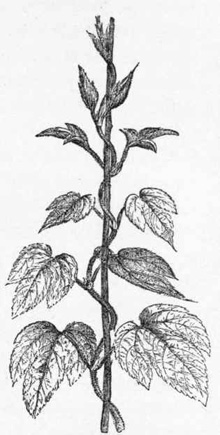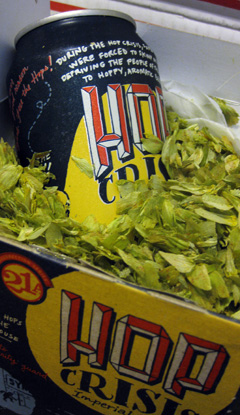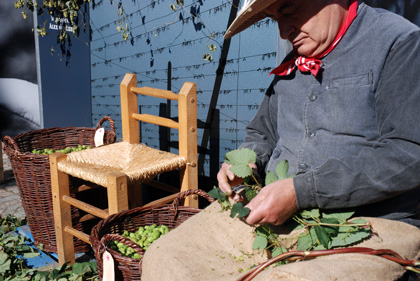 I don’t have an answer, but I like the sound of names such as The Grape Hop and Canterbury Jacks.
I don’t have an answer, but I like the sound of names such as The Grape Hop and Canterbury Jacks.
They were part of the English hop landscape more than 100 years ago, and a curious soul might wonder what beers brewed with them would smell and taste like.
Would they offer “new flavors” or old ones? Would they stir up the same excitement Simcoe, Citra and Sorachi Ace do today simply because they are different?* Probably not, to be honest, because they were mostly variations on a theme. The new generation of hops have been bred from a wider range of ancestors.
*(Quick aside, Sorachi Ace is a great name, but I can’t visualize is growing alongside Golding in the hop gardens of Kent.)
Idle thoughts, really, while reading “English Hops: A History of Cultivation and Preparation for the Market from the Earliest Times.” Some other hop names from the 1919 book: Golden Tips, Pretty Wills’, Cobb’s Hop, Amos’s Early Bird and Old Jones’s Hop.
Old Jones’s Hop was “well-shaped, of good colour, of medium size, and of good flavour. The bine is short and green. it was cultivated under the name of Jones’s hop as early as 1798, but is now little grown, as it bears only a small crop.”
Even then the lesson was plain for a hop plant: Produce or be gone.
 Oops. Forgot to send a change of address to the guys at 21st Amendment Brewery. (The fact is the people who bought our house in New Mexico likely will be receiving stray beers for years. Should have advertised that when the house was on the market.)
Oops. Forgot to send a change of address to the guys at 21st Amendment Brewery. (The fact is the people who bought our house in New Mexico likely will be receiving stray beers for years. Should have advertised that when the house was on the market.)
 I don’t have an answer, but I like the sound of names such as The Grape Hop and Canterbury Jacks.
I don’t have an answer, but I like the sound of names such as The Grape Hop and Canterbury Jacks.